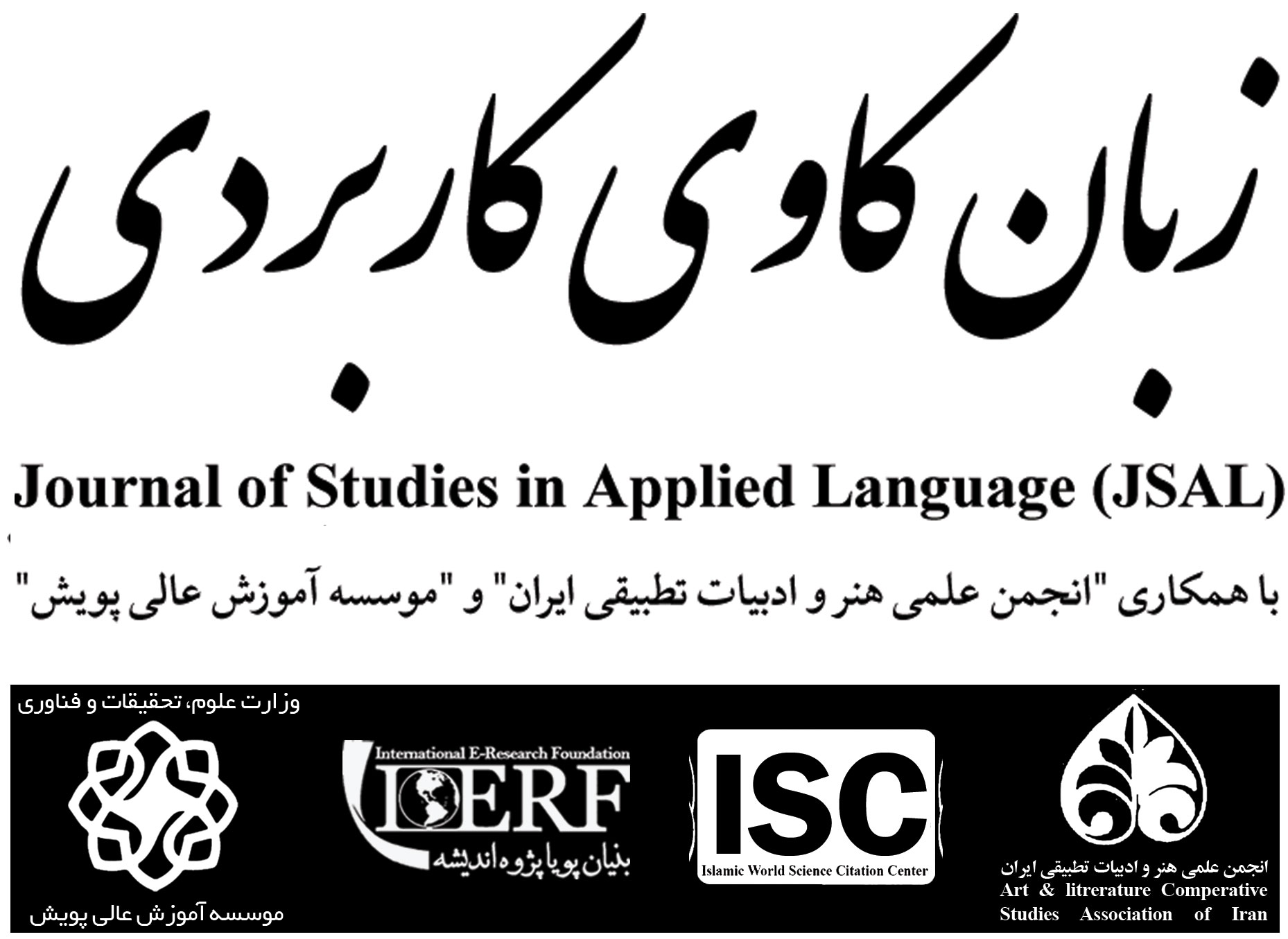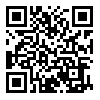Volume 7, Issue 4 (Journal of Studies in Applied Language (JSAL) 2024)
JSAL 2024, 7(4): 99-125 |
Back to browse issues page
Download citation:
BibTeX | RIS | EndNote | Medlars | ProCite | Reference Manager | RefWorks
Send citation to:



BibTeX | RIS | EndNote | Medlars | ProCite | Reference Manager | RefWorks
Send citation to:
Mahboobeh M, Rahmani Y. (2024). An Analysis of Colloquial Expressions in Two Translations of Diary of a Wimpy Kid (2007) Based on Newmark’s (1988) Translation Strategies [In Persian]. JSAL. 7(4), 99-125.
URL: http://jsal.ierf.ir/article-1-168-en.html
URL: http://jsal.ierf.ir/article-1-168-en.html
1- Assistant Professor Department of English Translation, Toloue Mehr Non-profit University, Qom, Iran , m.morshedian@tolouemehr.ac.ir
2- Department of English Translation, Toloue Mehr Non-profit University, Qom, Iran
2- Department of English Translation, Toloue Mehr Non-profit University, Qom, Iran
Abstract: (1046 Views)
McCrimmon defines colloquial expressions as written or spoken phrases used for direct conversation and creating a sense of intimacy with the audience. He further states that certain general considerations govern the translation of all cultural elements, including colloquial expressions. He suggests that cultural references in the source text should be recognized and respected. When discussing the translation of cultural elements, Newmark points out that colloquial language is less constrained by context compared to ordinary language. However, he also emphasizes the importance of understanding the cultural and idiomatic context of colloquial expressions for effective translation. In such cases, translators must be aware of these overlaps and use appropriate strategies to translate them correctly. This research, based on Newmark’s (1988) strategies, examines two translations of colloquial expressions from the first volume of Diary of a Wimpy Kid (Kinney, 2007). According to McCrimmon’s (1963) model, 100 colloquial expressions were identified in the original text and the two translations by Shadnazar (2021) and Bafandeh (2011), and randomly selected. The study then aimed to determine which of Newmark’s (1988) strategies each translator applied and how frequently. The most frequently used strategy in Bafandeh’s translation was cultural equivalent (26%), while in Shadnazar’s translation it was the mixed strategy (24%). Both translators also leaned toward literal translation (calque) (16% Bafandeh, 22% Shadnazar) and mixed strategy (15% Bafandeh). Additionally, Bafandeh used expansion only once, and Shadnazar used compression only once. Neither translator used the strategies of transference, naturalization, note, or emphasis. Given that both translations were well-received in Iran, it may be concluded that mixed strategies, literal translation (calque), and cultural equivalents are effective methods for translating colloquial expressions in novels, particularly from English into Persian.
Type of Study: Research |
Subject:
Linguistic research
Received: 2024/09/2 | Accepted: 2025/01/6 | Published: 2024/11/30
Received: 2024/09/2 | Accepted: 2025/01/6 | Published: 2024/11/30
Send email to the article author
| Rights and permissions | |
 |
This work is licensed under a Creative Commons Attribution-NonCommercial 4.0 International License. |







